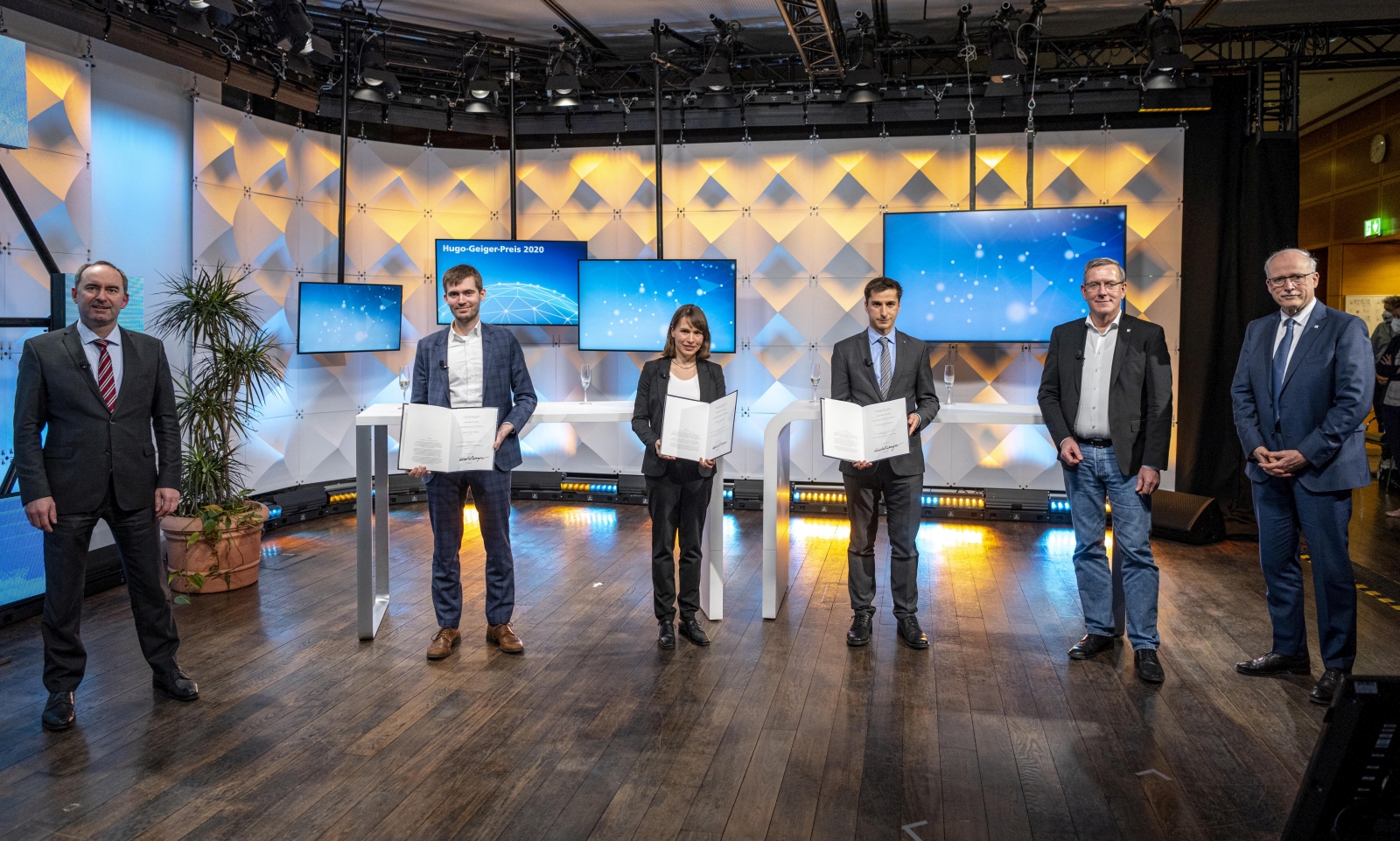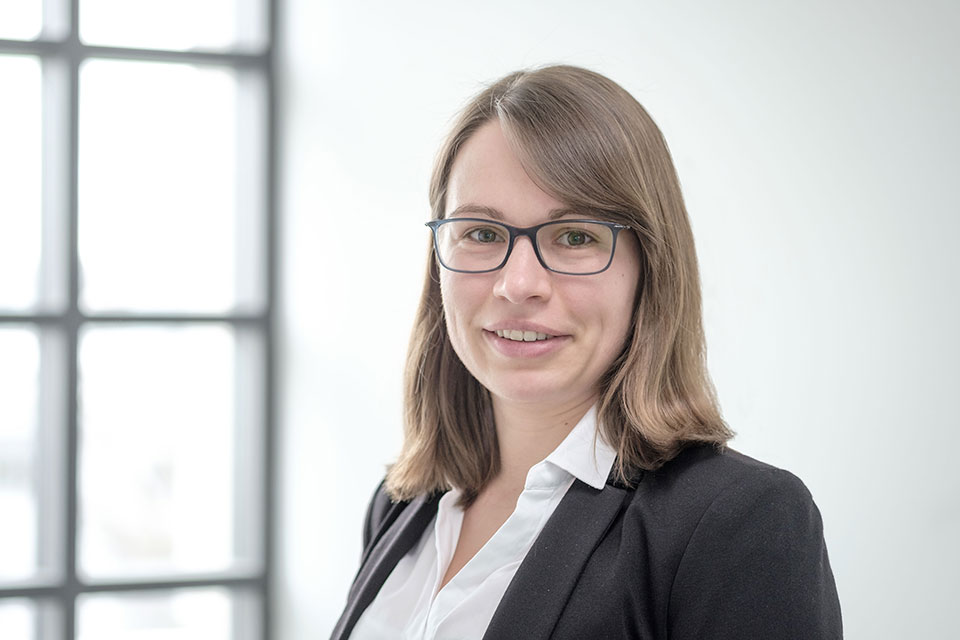Hugo Geiger Prize awarded to Fraunhofer IPM employee
Industrial application on the horizon: using digital holography to survey moving objects
Digital holography has gained momentum over the past few years. Now, the technology is also being used in industry to accurately measure the topography of objects down to several micrometers. As part of her doctoral work, Dr. Annelie Schiller from the Fraunhofer Institute for Physical Measurement Techniques IPM demonstrated that this process can also be applied to moving objects. For this research, she has been awarded the Hugo Geiger Prize for outstanding doctoral achievements in the field of applied research.


Digital holographic measurements provide extremely exact 3D data on surfaces, making them suitable for checking the quality of components in industrial manufacturing processes. Thanks to modern laser technology, excellent cameras and the particularly quick parallel data processing capabilities of graphics processing units, it is now possible to capture and process images with 10 million 3D points within 100 milliseconds. This means that the process is fast enough to be integrated directly into production lines.
In holographic surveying, laser light is used to illuminate the surface of an object. By superimposing the reflected or scattered light with light from a reference beam, an interference image is created that provides the required 3D data. To date, however, even the smallest movement has resulted in the 3D information contained in such images being destroyed, meaning that in practice, measurements have only been possible for stationary objects. Dr. Schiller solved this problem in her dissertation on the measuring the topography of moving objects using digital holography (“Messung der Topographie bewegter Objekte mittels digitaler Holographie”), showing that both linearly moving and rotating objects can be surveyed using digital holography. Dr. Schiller’s solutions for rotating objects are particularly remarkable. She takes advantage of the fact that the velocity needed to detune the reference phase of a laser beam – which is required to compensate for the critical axial velocity vector caused by the rotational motion – does not depend on the radius of the rotating object. Rather, the proportion of critical movement along the velocity vector is linearly dependent on the angular velocity and the position of the sensor.
Using holography to survey moving objects opens up new fields of application in industry, as well as the possibility to improve and accelerate quality control processes in manufacturing. For example, Fraunhofer IPM hopes to use the technology to examine gears for highly economical aircraft engines or electric vehicle drives. Both applications require processing with micrometer accuracy, which can now be verified while the objects in question are in motion, thus saving time.
Other prize winners
Alongside Dr. Annelie Schiller (second prize), Dr. Simon Fichtner (first prize) from the Fraunhofer Institute for Silicon Technology ISIT and Dr. Christian Kalupka (third prize) from the Fraunhofer Institute for Laser Technology ILT received awards in honor of their accomplishments. Dr. Fichtner developed the piezoelectric thin-film material aluminum scandium nitride (AIScN), which possesses ferroelectric properties and an atomic structure that can be shifted between states. AIScN is expected to lead to advancements in semiconductor elements in the field of next generation computing. Dr. Kalupka’s doctoral work focused on a high-precision process for processing glass and other transparent materials with an ultrashort pulse laser with micrometer accuracy. It can be used to design customized methods for processing different types of glass. In the future, it could be used to produce components for 5G technology or develop quantum computers.